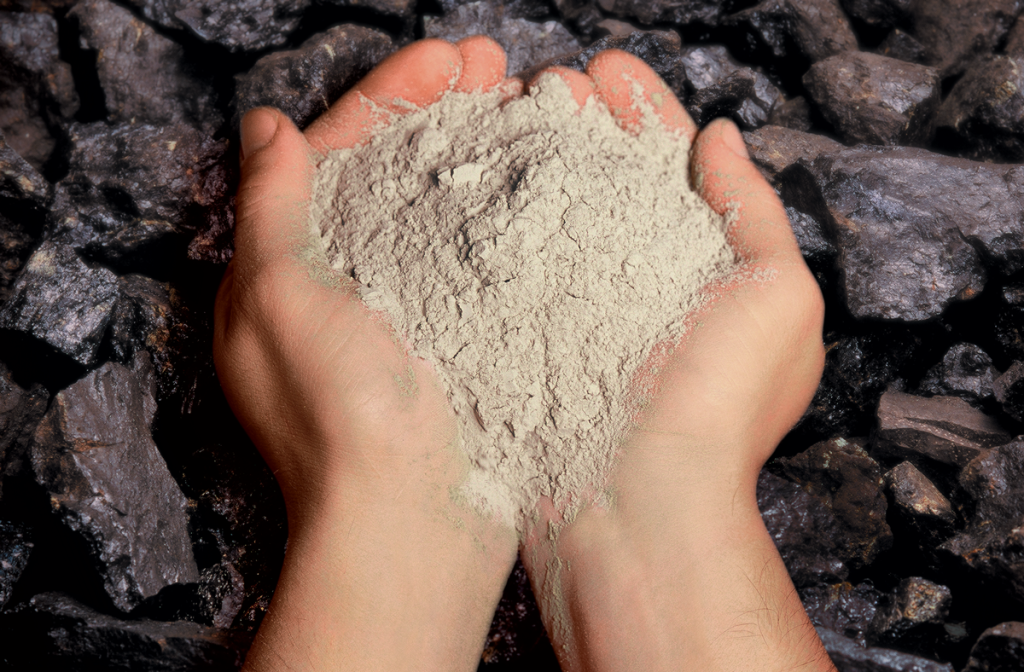Fly ash cementing efficiency in fly ash concrete mix

As an important cement admixture material, the chemical composition and physical properties of fly ash have a very important influence on the performance of concrete. First of all, silicate and alumina in fly ash are its main active ingredients, which can participate in the hydration reaction to generate compounds such as calcium silicate and calcium aluminum silicate with gelling effect. These compounds can fill the microscopic pores in concrete and improve the density and strength of concrete. At the same time, fly ash contains a certain amount of free ions, such as calcium, magnesium, sodium, etc. These ions can promote the hydration reaction of fly ash to a certain extent and improve its gelling efficiency. However, when the content of these ions is too high, it will inhibit the gelling activity of fly ash and affect the process of its hydration reaction. Therefore, in practical applications, it is necessary to control the content and proportion of free ions in fly ash to obtain the best gelling effect. In addition to the above components, fly ash also contains a certain amount of iron, aluminum, potassium, titanium and other elements. These elements will also affect its gelling efficiency.
The processing technology of fly ash includes the combustion method of coal powder and the treatment method of ash. Different processing technologies will affect the particle morphology, chemical composition and physical properties of fly ash, thereby affecting its gelling efficiency. First, the combustion method of coal powder has a direct impact on the gelling efficiency of fly ash. During the combustion of coal powder, factors such as temperature and oxygen supply will affect the formation of ash and the change of chemical composition, thereby affecting the gelling efficiency of fly ash. For example, under the conditions of high temperature and sufficient oxygen, the formation of ash and the change of chemical composition are relatively sufficient, and the gelling efficiency of the fly ash produced is relatively high. Secondly, the treatment method of fly ash will also affect its gelling efficiency. Common fly ash treatment methods include: heat treatment, wet treatment, dry treatment, etc. Different treatment methods will treat or change the components in fly ash, thereby affecting its gelling efficiency.
Mechanical activation technology is an important fly ash utilization technology. It changes the particle structure and morphology of fly ash through physical and mechanical effects, increases its activity, and improves its utilization efficiency. At present, the main mechanical activation methods include high-energy ball milling, vibration milling, vertical milling, etc. These methods can refine the particles of fly ash, increase the surface area, and improve its reactivity and gelling efficiency. High-energy ball milling is a commonly used mechanical activation technology. This technology uses a high-energy ball mill to ball mill fly ash to make its particles finer and have a larger surface area. The test results show that fly ash treated with high-energy ball milling has higher activity and gelling efficiency, and can improve the strength and durability of concrete. Vibration milling is a technology that places fly ash in a vibrator for vibration treatment. Through the action of vibration force and centrifugal force, the fly ash particles collide and rub, further refine the particles, increase the specific surface area, and improve the gelling efficiency. Vertical milling is a technology that uses a vertical mill to treat fly ash. The vertical mill uses high-speed rotating grinding discs and rollers to grind fly ash, refine the particles, increase the surface area, and thus improve the gelling efficiency. In practical applications, different mechanical activation technologies can be selected according to specific conditions to optimize the processing parameters and improve the utilization efficiency of fly ash.
